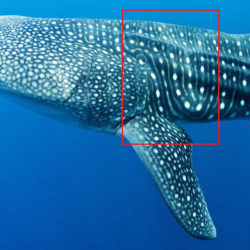Photo Identification: How Star System Algorithms Have Lead to Identifying Whale Sharks
Just like a human fingerprint, whale sharks have their own unique patterns. Scientists can use these distinctive spots and stripes to identify individuals and track their growth, movements and migrations across the planet. Photo identification is a common practise amongst many animal research projects. Species include humpback whales, manta rays, turtles, seals, cheetahs, lizards, giraffes Read more about Photo Identification: How Star System Algorithms Have Lead to Identifying Whale Sharks[…]

